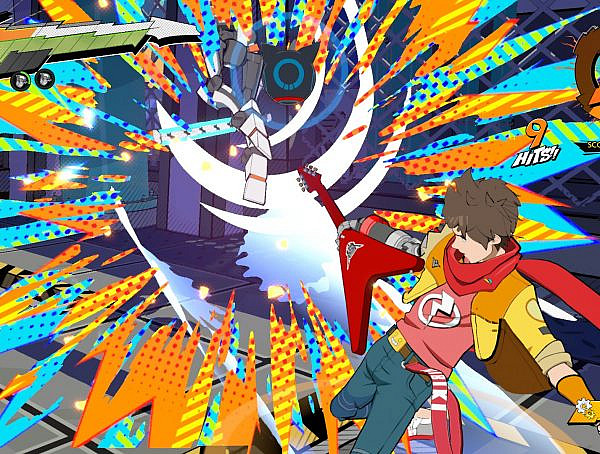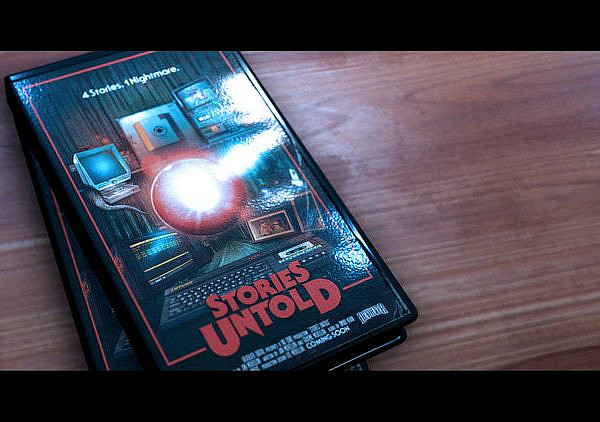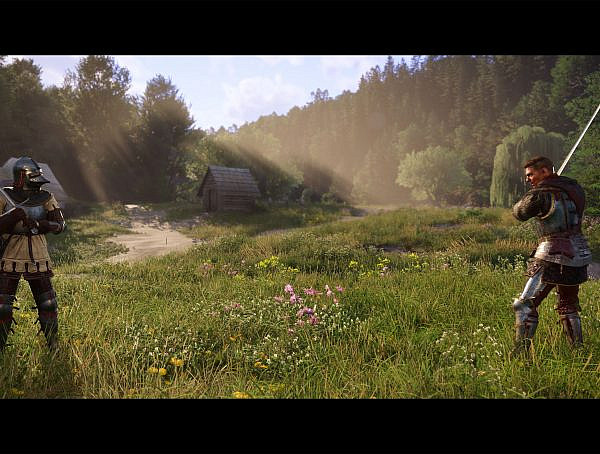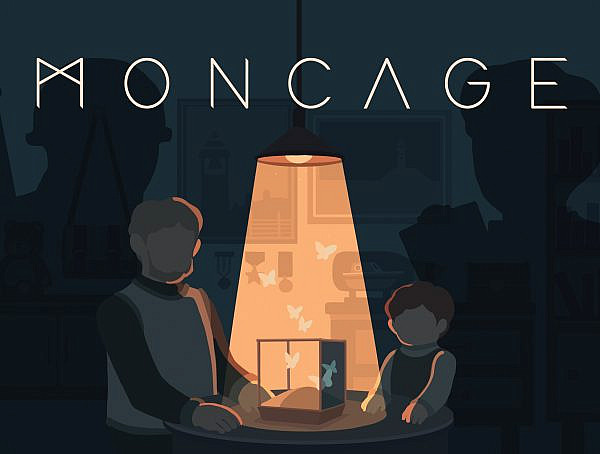Final Fantasy VII (FF VII) is a Square developed Japanese Role-Playing Game (JRPG) that not only made a huge impact back when it was released 25 years ago but is still fondly remembered and present to this day and for good reasons.

Here is where your journey to save the planet begins. At this point, you have no clue what’s going on, but it will be apparent very soon.
There’s only one place to start this review: the intro. The slow reveal, the camera zooming out, and the sudden moving train while “Bombing Theme” by Nobuo Uematsu plays out with its mood shifts is just perfect. And on the note of Uematsu, the soundtrack, in general, is half the experience.
The main protagonist is Cloud Strife, a mercenary working for the eco-terrorist group Avalanche in the city of Midgar. Initially, the antagonist is the Shinra Company, an (mostly) energy company that is sucking the planet dry with its energy extraction methods. However, Cloud and company soon find out that who they believe is Sephiroth, an enigmatic swordsman with supposed heavy ties to Cloud’s past, is planning something sinister, and that’s when the journey truly begins.
During the journey, Cloud is joined by eight other party members, each quite unlike one another in likeness, forming the ultimate ragtag bunch of misfits. Indeed, the game is full of great, memorable characters with some excellent character development (especially Cloud) sprinkled through the game. On top of that, it has some genuine “wow” moments, like a humongous boss slowly crossing the ocean in real-time while you wait for its arrival on the beach, ready to defend the city it is trying to destroy.
While all that creates seriousness in the narrative, one of the best things about FF VII is that it can also drop the seriousness and have fun for a bit. Some examples include watching characters complain while running up 60 flights of stairs, a date with a party member, and snowboarding.
What’s more is that the journey also keeps on moving forward and never really slows down to a crawl, something that’s just all too common in modern JRPGs, including VII’s remake.

Occasionally in battle, you can activate a character’s “Limit Break”, a unique attack that often results in tons of damage.
The combat itself is pretty much standard menu-based combat, utilising Active-Time Battle gauge (featured in nearly all Final Fantasies in some way) that fills over time to determine when your turn is.
VII’s unique “twist” for combat is that instead of character-specific abilities, they utilise materia. Materia gets inserted into equipment, and through them, the characters can use magic, summons (monsters that often deal tons of damage), commands (e.g., Steal), or increase parameters such as health.
Simply put, you can use your favourites without fear of ever handicapping yourself. Only the limit breaks change how good the character can potentially be, but you can beat the game easily with any party combination.
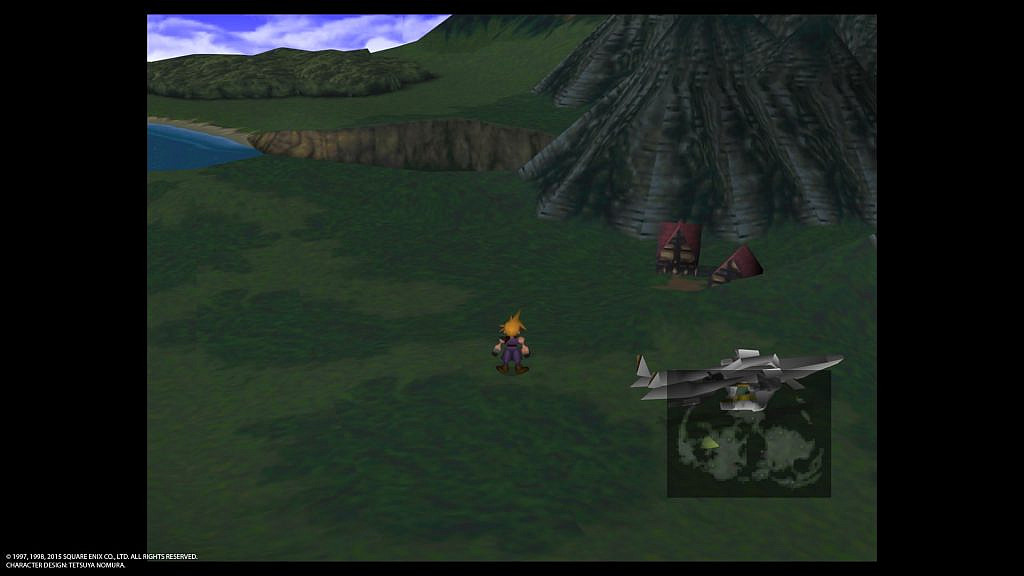
You’ll explore the world map not only by foot, but also numerous vehicles such as the pictured airship.
There are no glaring flaws with the game itself, in my opinion, but the graphics can be a barrier to overcome these days. The once fantastic rendered 3D backgrounds look blurry, and the blocky low poly models might not be appealing to everyone. Some of the plot points can be a bit unclear as well. That said, the whole package is excellent. So, I recommend everyone to at least give the game a go. It might turn out to be a relic of a by-gone era, but I promise that there’s a lot of heart and soul put into it.
Finally, I recommend Switch, X1 or PS4 versions due to their turbo mode “cheat” as it drastically cuts time spent in regular battles.
Developer: Square / Square Enix
Publisher: Square (PS1, JP), Sony Computer Entertainment (PS1, NA/EU), Ubisoft (Original PC version), Square Enix (the rest)
Release date: 31.1.1997
Platforms: PlayStation 1 / PC / PlayStation 4 / Android / iOS / Nintendo Switch / Xbox One
Genre: Japanese Role-Playing Game
PEGI: 12
Pictures: Screenshots of the game (PS4 version) taken by the author.
You might also like
More from Game Reviews
Stories Untold – An Experimental Psychological Horror Adventure
Stories Untold is a narrative-driven horror adventure game and a truly remarkable take on the genre. The four episode anthology …
Kingdom Come: Deliverance II – A Sequel Worthy of a Knight
KCD II delivers a living, breathing medieval roleplaying game to its players. #RPG, #kingdomcome, #openworld
Moncage Review: A Puzzle Game with Mind-Boggling Optical Illusions
Solving a huge #optical_illusion #puzzle in a tiny cube to discover a dark, #emotional story of trauma









